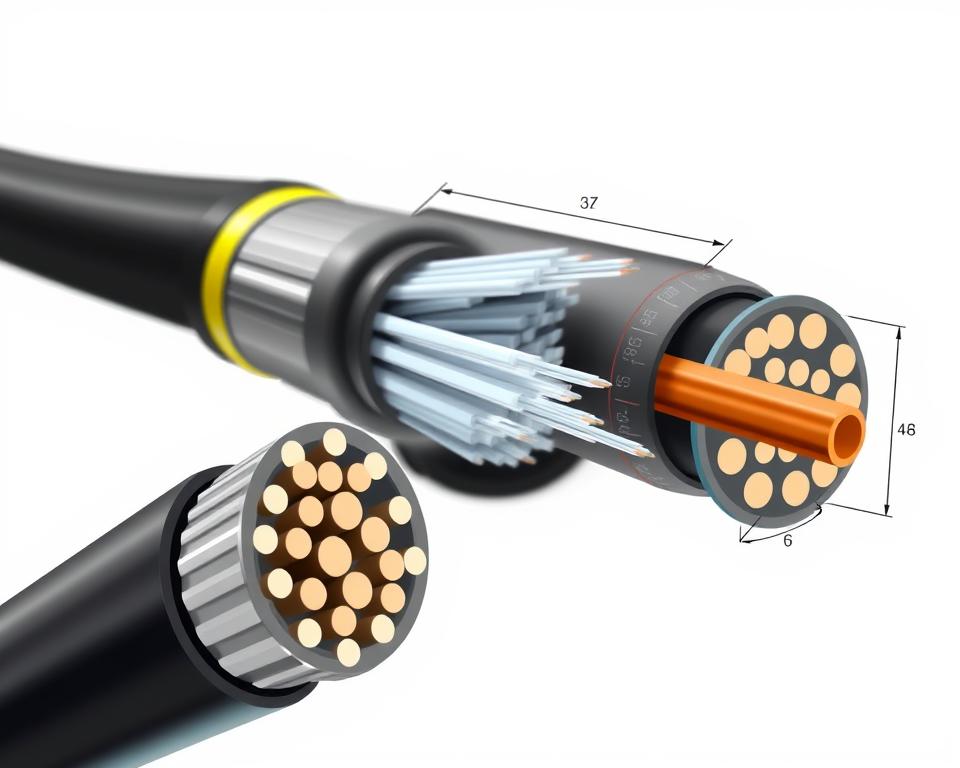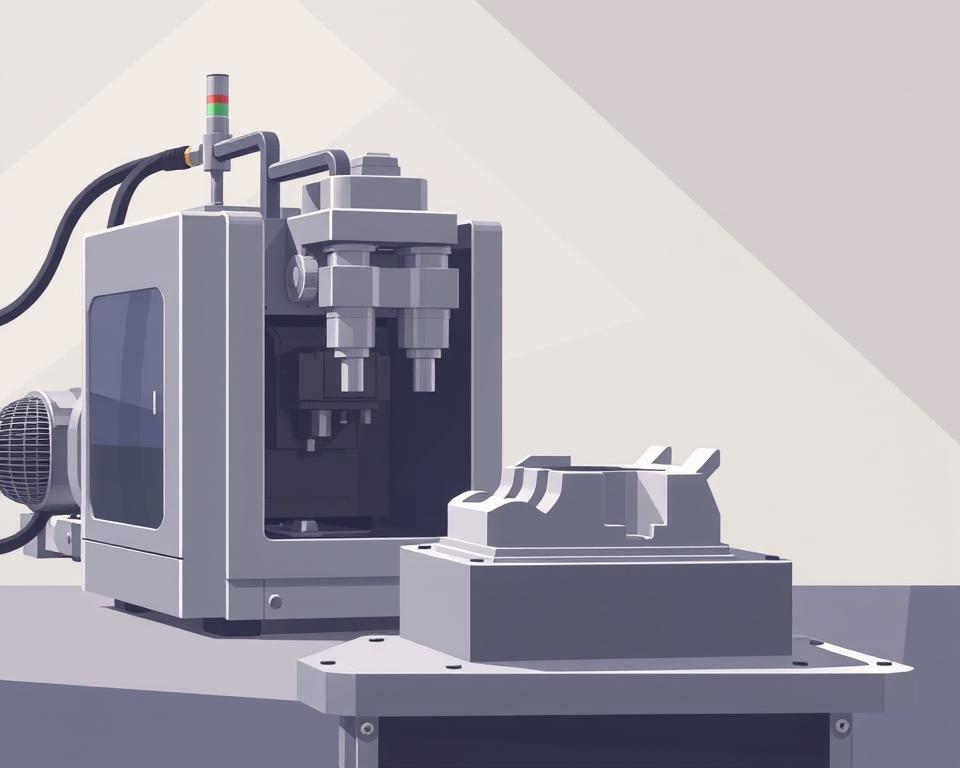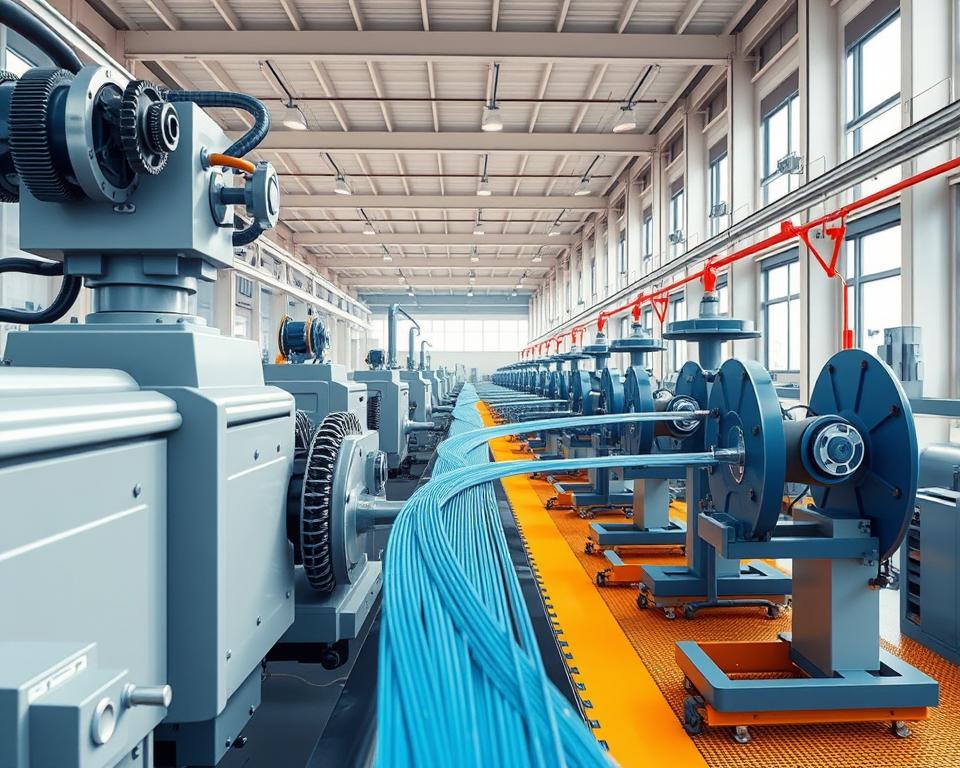Precious Metal Recovery: A Green Guide
More than $60 billion in precious metals end up in e-waste every year—did you realize that? Such a massive amount highlights why precious metal recycling is so vital. Recycling these metals benefits both the economy and the planet. By recycling metals like gold, silver, platinum, and palladium, we cut down on pollution and save natural resources.
Leaders such as Dongsheng Metal Trading are paving the way for sustainable recycling. They make sure those precious metals get reused rather than landfilled. Such a precious metal recycling companies model drives eco-friendly recycling and sustainable methods.
Key Takeways
- Over $60 billion in precious metals is disposed of in electronic waste annually.
- Recovering these metals cuts eco-impact and preserves resources.
- Valuable metals include gold, silver, platinum, and palladium.
- Green recycling methods are essential for a sustainable future.
- Firms such as Dongsheng Metal Trading focus on precious metal recovery.
Understanding Precious Metals and Their Value
Rare metallic elements known as precious metals attract both investors and manufacturers. Gold, silver, platinum, and palladium are prime examples, known for their unique properties. These include electrical conductivity, corrosion resistance, and substantial rarity. The extraction and processing of these metals require considerable resources, underscoring the importance of recycling precious metals.

Market demand and each metal’s properties drive its value. Recovering metals is key to keeping the supply chain alive. It also reduces environmental impacts associated with mining activities. By thorough recycling, these metals return to their pure form. This preserves finite resources while yielding economic benefits.
Defining Precious Metals
Unique features make precious metals ideal for many uses. Scarcity plus special properties drive their economic importance. Notable examples are:
- Gold: Prized for its shine and tarnish-proof nature.
- Ag: Celebrated for its adaptability and conductivity.
- Pt: Celebrated for its durability and catalytic properties.
- Pd: Gaining traction in cars and electronics.
Reasons to Recycle Precious Metals
Recovering precious metals plays a crucial role in sustainability. It saves scarce materials and sharply cuts mining’s eco-footprint. Key benefits include:
- Reduction of environmental degradation caused by mining operations.
- Energy needs are far lower than mining virgin ore.
- Supporting a circular economy via material reuse.
- Opportunity for profit by recovering valuable metals.
The Importance of Precious Metal Recycling
Metal recycling brings both green and economic gains. Highlighting these advantages is key to reducing our ecological footprint. It also drives economic growth and stability.
Green Benefits
The environmental benefits of recycling precious metals are significant. By reclaiming metals from discarded electronics and industrial scrap, we cut down on landfill waste. This reduces the need for new mining, conserving natural resources.
It lessens mining impacts, including ecosystem harm and contaminants. A focus on metal recovery moves us toward real sustainability.
Financial Gains
Financial perks of recycling are just as strong. Recovering metals cuts production expenses. It lets businesses choose reclaimed over freshly mined metals.
This shift creates jobs in recycling facilities and boosts market stability as demand for recycled metals grows. By leveraging these economic advantages, businesses can improve their profitability. They further support a cleaner economy.
The Precious Metal Recycling Process
The precious metal recycling process is complex, involving several stages to ensure maximum efficiency. First, scrap electronics, jewelry, and industrial waste are gathered. These materials then undergo sorting, cleaning, and analysis to determine their composition and value.
Recovery Steps
This systematic approach is vital for effective metal recovery. Every phase aims to maximize precious-metal returns. Sorting divides metals by kind and grade. Decontamination eliminates residues that block recovery. Analysis identifies the concentration of precious metals, guiding the choice of recycling techniques.
Metal Separation Techniques
Cutting-edge processes boost precious-metal recovery. Thermal reduction, using high temperatures to separate metals from ores, is a key method. Melting refines and aggregates metals, while wet chemical processes are used for delicate separations. Companies like Dongsheng Metal Trading use these methods to boost efficiency and maximize returns in the precious metal recycling process.
Which Precious Metals Are Recyclable
Recovery efforts support both ecology and resource reclamation. Many precious metals can be recycled, benefiting both the economy and the planet. It’s important for people and businesses to know which metals can be recycled.
Recycling Gold, Silver & Platinum
Gold, silver, and platinum are well-known precious metals. They’re found in jewelry, coins, and industrial uses. Recycling gold is common due to its high value and demand. Silver recycling is also key, used in photography, electronics, and solar panels.
Though scarcer, platinum’s worth shines in auto catalysts.
E-Waste Metals
E-waste metals present special recovery opportunities. Devices such as phones and computers hold palladium and indium. These metals are a treasure trove for recycling, reducing e-waste and providing essential materials.
The need to recycle these metals is critical. Businesses work to reduce scrap and upscale resource recovery.
Industries that Benefit from Precious Metal Recycling
Precious metal recycling is essential for several key industries, allowing them to use valuable resources efficiently and sustainably. Electronics, which embeds metals in gadgets, gains the most. The aerospace and medical fields use precious metals in essential applications. Looking at their recycling practices shows green and financial gains.
E-Waste Sector
Electronics spearheads recovery, given the metal content in phones and PCs. Fast tech progress fuels growing e-waste volumes. Thus, recycling gold, silver, and palladium efficiently becomes vital. That saves resources and cuts mining carbon footprints.
Businesses enhance recovery to align with green and zero-waste aims. That change bolsters resource saving and ecosafety.
High-Tech Industries
Aerospace metal recycling is vital for the aerospace and medical industries, which rely on precious metals for critical components. Durable, corrosion-resistant alloys are used in aircraft and medical tools. Recycling these metals can significantly lower material costs and comply with environmental regulations.
These sectors know green recovery eases resource shortages. And it improves operations, making metal recycling a smart green tactic.
How to Choose a Metal Recycler
Finding trustworthy precious metal recycling companies is key to recycling effectively. Be sure to quiz them on their methods. Knowing their pricing and processing methods can greatly affect your experience. Reviewing offerings lets you select wisely.
Key Questions for Recyclers
- What certifications do you hold regarding precious metal recovery?
- Can you explain your processing methods for different metals?
- Which recovery percentages do you achieve for each metal?
- What is your pricing structure and are there extra charges?
- Do you have client testimonials or references?
Service & Price Comparison
Comparing recyclers’ offerings is crucial when choosing one. Use a table to line up these factors:
| Company Name | Recovery Rate (%) | Processing Fee ($) | Turnaround Time (Days) |
|---|---|---|---|
| Recycling Co. A | 95 | 50 | 7 |
| Recycling Co. B | 90 | 45 | 5 |
| Recycling Co. C | 92 | 55 | 10 |
Side-by-side comparisons help pinpoint the ideal recycler. This ensures you get the most value and meet industry standards.
Recycling Precious Metals: A Green Guide
Grasping recycler workflows is essential for metal recovery. They oversee everything from scrap pickup to refining. That approach drives top efficiency and returns.
Recycler Operations
Recyclers use advanced methods for metal recycling, including testing, separation, and refining. Collection comes from devices, jewelry, and industrial waste. Then, they use sophisticated techniques to separate different metals. In the last stage, precious metals are refined to purity.
That workflow both boosts recovery and promotes green methods. It’s a critical step towards sustainable development.
Choosing the Right Recycler for Your Needs
Key criteria matter when choosing a recycler. Begin by checking their green credentials. A focus on sustainability is non-negotiable. Also, consider the services they offer, from basic collection to full processing.
Your budget will influence your choice. Gather price quotes for side-by-side comparisons. Experts like Dongsheng Metal Trading provide industry-specific offerings. They stand out as dependable recyclers.
Pick the Right Facility
Recovery facilities are central to green waste solutions. Multiple types of facilities handle various recycling demands. Knowing the facility landscape helps you connect with the right partner. It aids companies and conserves nature.
Types of Facilities Available
Facilities differ greatly in their focus and processes. Certain centers specialize in high-value metals; others take general scrap. Common examples include:
- Scrap yards process a broad mix of metal types.
- Specialized firms recover gold, silver, and platinum with advanced refining.
- Electronics recyclers extract metals from old gadgets.
Location and Access to Facilities
Proximity to recyclers cuts logistical hurdles. Firms need to plan transport logistics. Here are some factors that influence access:
| Factor | Description |
|---|---|
| Proximity | Facilities located nearer to businesses minimize transportation costs and time. |
| Networking | Connections with nearby facilities speed up recycling. |
| Service Range | Understanding the specific services of metal recycling facilities helps businesses select appropriate partners. |
In sum, selecting the right type of recycling center and ensuring convenient access can significantly enhance the efficiency of metal recycling operations.
Electronic Waste Recycling and Precious Metals
E-waste poses a major ecological challenge. Old gadgets hide valuable metals ripe for recovery. It shows why we should treat e-waste as treasure.
How Electronics Contain Precious Metals
Gadgets harbor small quantities of precious metals. These metals are found in various parts:
- Circuit boards
- Connectors and ports
- Capacitors and resistors
- Battery terminals
Common electronics conceal recoverable metals. With recycling, we can efficiently recover and reuse them.
E-Waste Recovery Benefits
Recycling electronics protects nature and recovers resources. It trims dump loads and conserves raw materials. Key perks include:
- It cuts ecological hazards from poor e-waste handling
- It curbs carbon footprints with sustainable recycling
- It bolsters circular models by returning scrap to production
Promoting e-waste recovery advances resource stewardship. It lays the groundwork for a greener future.
What’s Next in Metal Recycling?
Recycling is changing fast thanks to new tech and eco-driven demand. Facing resource limits, recyclers embrace new methods. Adopting fresh techniques, they’re shaping tomorrow’s recycling.
Trends in Sustainable Recycling
Modern green recycling strives to cut waste and eco-damage. Companies are shifting towards eco-friendly practices, like using biodegradable packaging and energy-efficient processes. These changes align with global sustainability objectives, pushing industries towards more responsible and planet-friendly behaviors.
New Metal Recovery Tech
New methods in recovery enhance recycling performance. Robotic sorting and chemical extraction raise recovery. These innovations not only increase resource extraction but also reduce environmental impact, marking a significant step forward in recycling precious metals.
Launching a Metal Recycling Startup
Building a metal recycling enterprise calls for thorough planning and industry knowledge. Leaders should map out steps, secure compliance, and set firm roots. Key tasks include market studies and pinpointing customer segments. Also, obtaining necessary permits and understanding legal aspects is vital for sustained success.
Steps to Establishing a Business
To launch your recycling venture, follow these steps:
- Conduct market research to understand needs and rivals.
- Develop a detailed business plan outlining goals and strategies.
- Purchase the right gear for your recycling operations.
- Secure funding through loans or investments.
- Secure regulatory approvals and certifications.
- Launch marketing to attract clientele.
Legal Considerations and Certifications
Grasping legal frameworks is essential for your recycling venture. Meeting environmental rules protects your operation and the planet. Key considerations include:
- Getting licensed by appropriate agencies.
- Following all levels of waste and recycling regulations.
- Ensuring all employees are trained on safety protocols and procedures.
Final Thoughts
Precious metal recycling is essential for preserving natural resources and improving environmental health. It empowers all of us to reduce environmental harm from waste. The recovered metals reduce mining needs and boost the economy by creating jobs in recycling.
Recycling goes beyond environmental benefits, also providing economic advantages. Teaming with Dongsheng Metal Trading secures sustainable methods. Such alliances reinforce the circular economy for all stakeholders.
The journey to a sustainable future depends on collective action in recycling precious metals. Growing awareness can lead to a society that values responsible consumption and environmental care. Adopting these practices will benefit us now and secure a greener future for generations to come.


